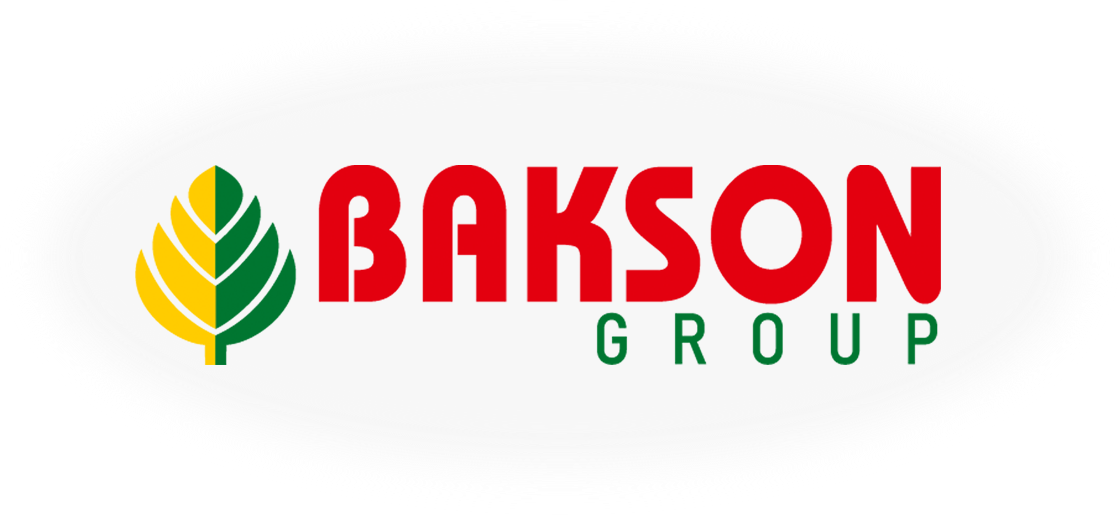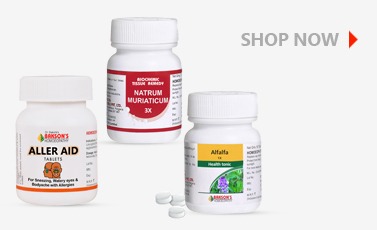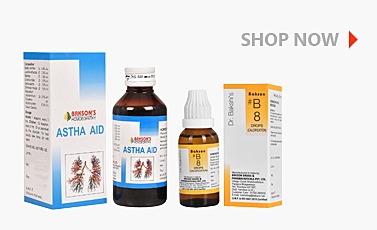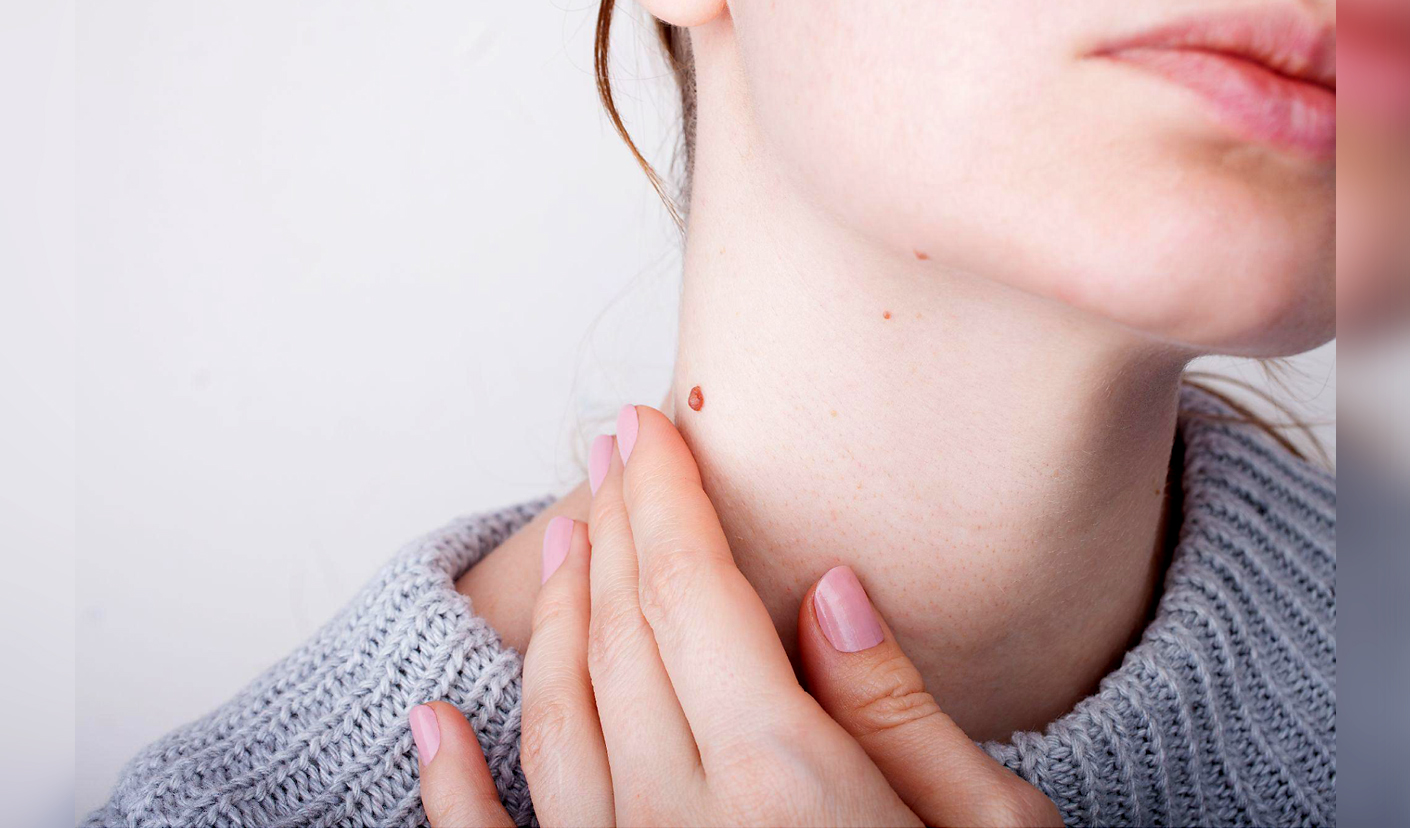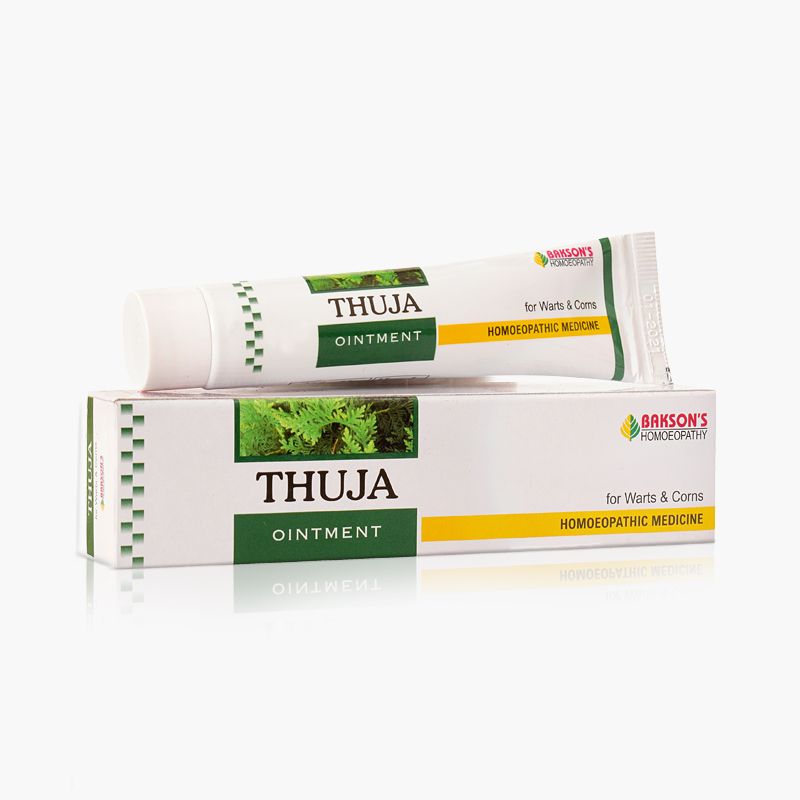We use cookies to make your experience better. To comply with the new e-Privacy directive, we need to ask for your consent to set the cookies. Learn more.
Bakson’s Thuja Ointment for Unwanted Moles & Warts
Everyone desires to have skin that is radiant and glowing. However, skin blemishes and anomalies are very typical and can be brought on by a person's lifestyle, food, or hormone imbalance. Common skin problems include warts, corns and moles. Even though moles, corn as well as warts, are common skin growths, there are some differences between them. Warts are less frequent than moles, which are present on nearly everyone. Warts cannot turn into skin cancer, whereas moles can. It is essential to apply ointment for warts at their early stage of development. But what exactly are moles, corns and warts? Let’s learn about it in detail below.
What are Moles?
Moles are melanocytic nevi, which are often benign growths of skin cells that produce pigment. Moles could appear alone or in bunches, anywhere on the skin. Those would be pigmented skin cells that result in a dark patch. Every adult is known to develop between 10 and 40 moles during their formative years. Most moles grow over a person's lifetime and often occur during the initial 25 years of one's life. Most moles are harmless, but if one does harm, it needs to be reported to a dermatologist.
What are Corns?
Corns normally develop in pressure areas, which are typically the edges of the toes and the bottom of the feet. They might cause pain. A little area of thick, dead tissue with a core is referred to as hard corn. A soft corn typically develops between the fourth and fifth toes and has a considerably thinner surface. A seed corn is a small, discrete callus that, if it develops on a portion of the foot that bears weight, may be quite sensitive. Several medical professionals think that obstructed sweat ducts are the origin of seed corns, a disorder that typically affects the bottom of the feet.
Warts: Everything You'll Need to Know
Warts are little growths found on skin that resembles a cauliflower in shape and texture. A virus from the human papillomavirus (HPV) group is responsible for warts. Warts typically appear on the hands and are infectious. The time it takes for warts to go away on their own differs from individual to individual and they are rarely sexually transmitted. Warts range in size from 2-4 mm and a wart's look entirely depends on where it appears on the body as well as how thick the person's skin is. Warts are often dark brown and perhaps even black in appearance.
Types of Warts
- Common warts - Common warts can develop in other areas of the body but are most frequently observed on the hands. They have a rough, domed shape, and are a dark greyish-brown tint.
- Plantar warts - On the bottom of the feet, plantar warts can develop. They are large, painful areas of skin that feel like sharp stones underfoot when the sufferer walks.
- Flat warts - Flat warts typically appear on the face, hands, or legs. They have flat tops, are petite, and are either sweet pinkish, brown or perhaps even yellowish in appearance.
- Filiform warts - Just on the skin around the lips, nose, or beard, filiform warts develop. They have a skin-toned appearance and seem to have bulging growths that resemble threads.
- Periungual warts - These appear as rough bumps having uneven boundaries and surfaces that develop beneath the toenails as well as fingernails. These warts hinder nail development.
How do warts spread?
As a result of direct skin contact for instance when you scratch on warts and thereafter touch another part of your body, warts are very contagious and therefore are typically spread by this method. Additionally, you can spread them by using items like towels or blades which have already come into contact with a wart on the body. Warts prefer soft, wet, or damaged skin.
How long will a wart last?
Your body will frequently develop resistance to warts over time and battle them off. However, it could take weeks or even two years until they go away. Warts frequently persist even longer in adulthood, possibly for years. Some warts will never go.
How to treat warts and corn?
The Bakson's thuja ointment for warts and corns is the best treatment for your warts and corns. The pack size is 25 gms and there are no known side effects of thuja ointment for warts.
How to use thuja ointment for warts?
This 25 gms ointment for warts and corn is regarded as the best ointment for warts and corn. The very first step would be to clean the affected area and dry it off properly. Take a pea size amount of Bakson's Thuja Ointment for Warts and Corns and apply it to the affected area.
Action of Ingredients
Thuja Occidentalis' primary mode of action is on the skin, where it mostly manifests as the development of condylomata and wart-like excrescences on cutaneous surfaces. It’s indicated for ulcers, particularly in the ano-genital region, polyps, tubercles, warts, epithelioma, naeva, and carbuncles, blotches and freckles as well as brown patches on dry skin.
Warts can be eliminated using Bakson's Thuja Ointment for Warts and Corns. The treatment is straightforward, and the person doesn't have to wait for a long time. We appreciate you reading our thuja ointment for warts and corns. We'll be back with much more fascinating insights about how you can be gorgeous, avoid skin anomalies and stay healthy.
